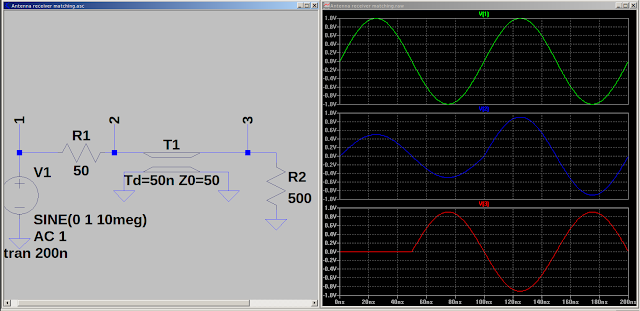I have been using EZNEC in WINE on a linux box.
https://www.eznec.com/
It works quite well but the screen size is to small for my ancient eyes.
I did a screen shot and enlarged it. The red note says the wire segment is to long. Note wire 2 Y = 70 feet.
I shortened the wire to 60 feet and the red went away. Looking back at the first comment it says segment to long? Now look at the last column. 2 segments. I changed it to four and set the wire back to 120 feet. All is well. It would help to know some function running the math? Apparently the wire is divided into segments as part of the calculations?
Anywho here is the screen shot from Xnec2c ( the linux version of NEC).
I learned something if I can remember it. Get the magnifier and read the comments carefully.
Thanks to Andy for the references to
nanovna-saver andSimNEC.
I downloaded and install both. They work well under Ubuntu.
I connected the nanovna to a 2 meter wire clipped to an ac register and the programs connected to the vna and displayed the antenna response.
They are fun to play with but will have some learning curve.
A sample shot from simNEC.
It plots the response and you build the network by simply click and drag.



















